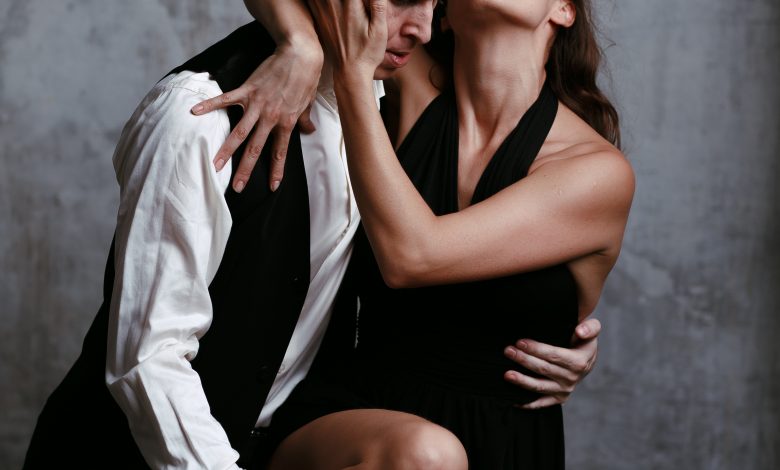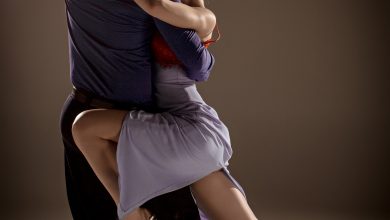Sandwich (or Sanguchito)

This is the tango position where the leader “sandwiches” the follower’s foot between their feet. In Spanish there are a variety of words for sandwich: el sandwich, el sanguchito, or la modida. The word Barrida literally means Bite. It’s the act of sandwiching one of your partner’s feet between your feet.
The most frequently used sequence which contains the sandwich starts with the Back Ochos. The leader’s right foot paradas the outside of the follower’s left foot. Then the leader’s left foot sandwiches the follower’s left foot. The leader’s right foot crosses behind their left. Finally, the follower’s right is led to a stepover/pasada.
There are some variations that can be seen in the following videos:
Sandwich – El Sanguchito by Tango Argentino Köln (Raquel & Ricardo Lang) This is the most common sequence involving a sandwich
Sanguchito and Back Sanguchito by Tanguito of the Argentine Tango Academy. This video demonstrates the foundational sanguchito and then adds some more advanced variations.
Sanguchitos from simple to creative by Tanguito of the Argentine Tango Academy.
How to do the El Sanguchito or Sandwich by Diego Blanco & Ana Padrón.
Basics of the Sandwich step



